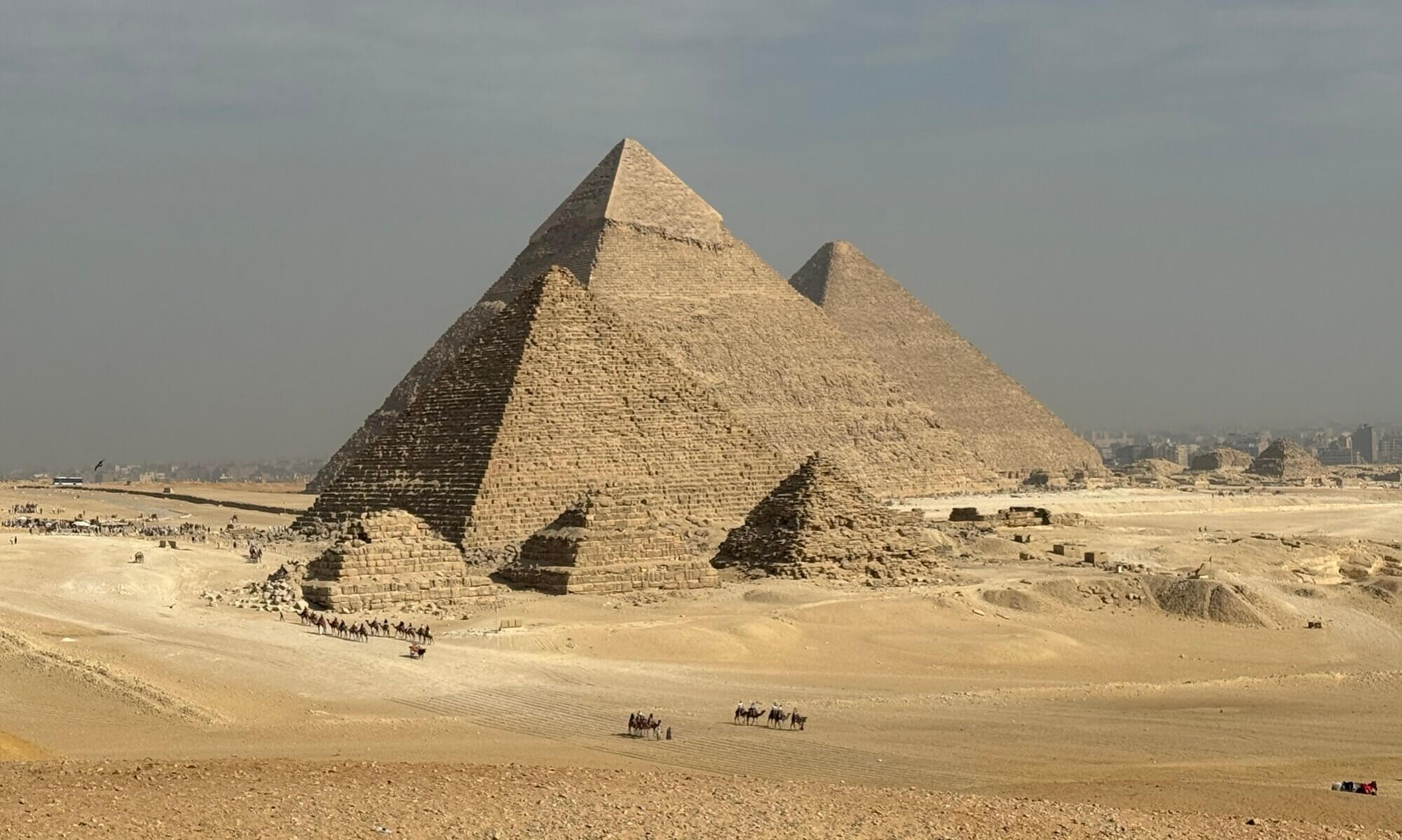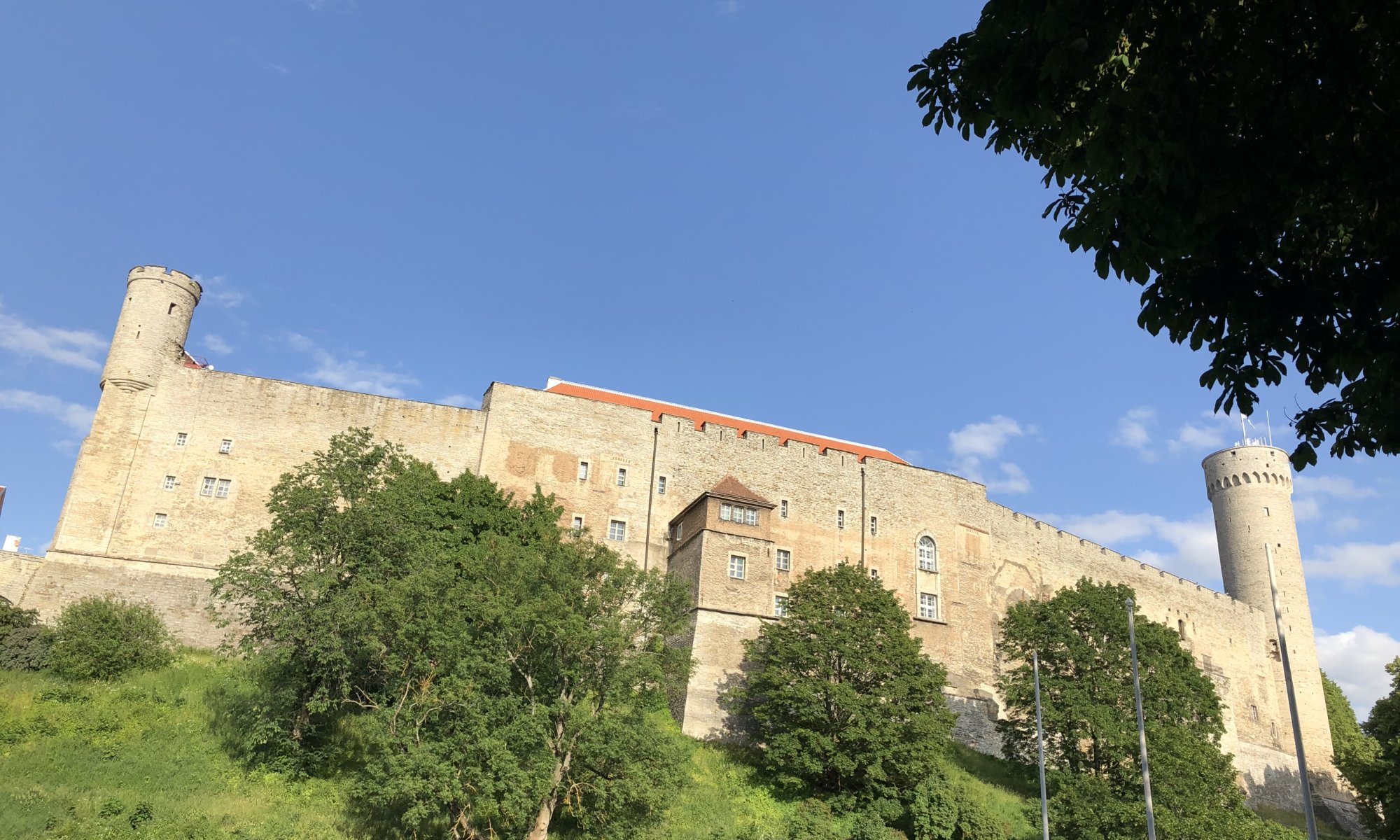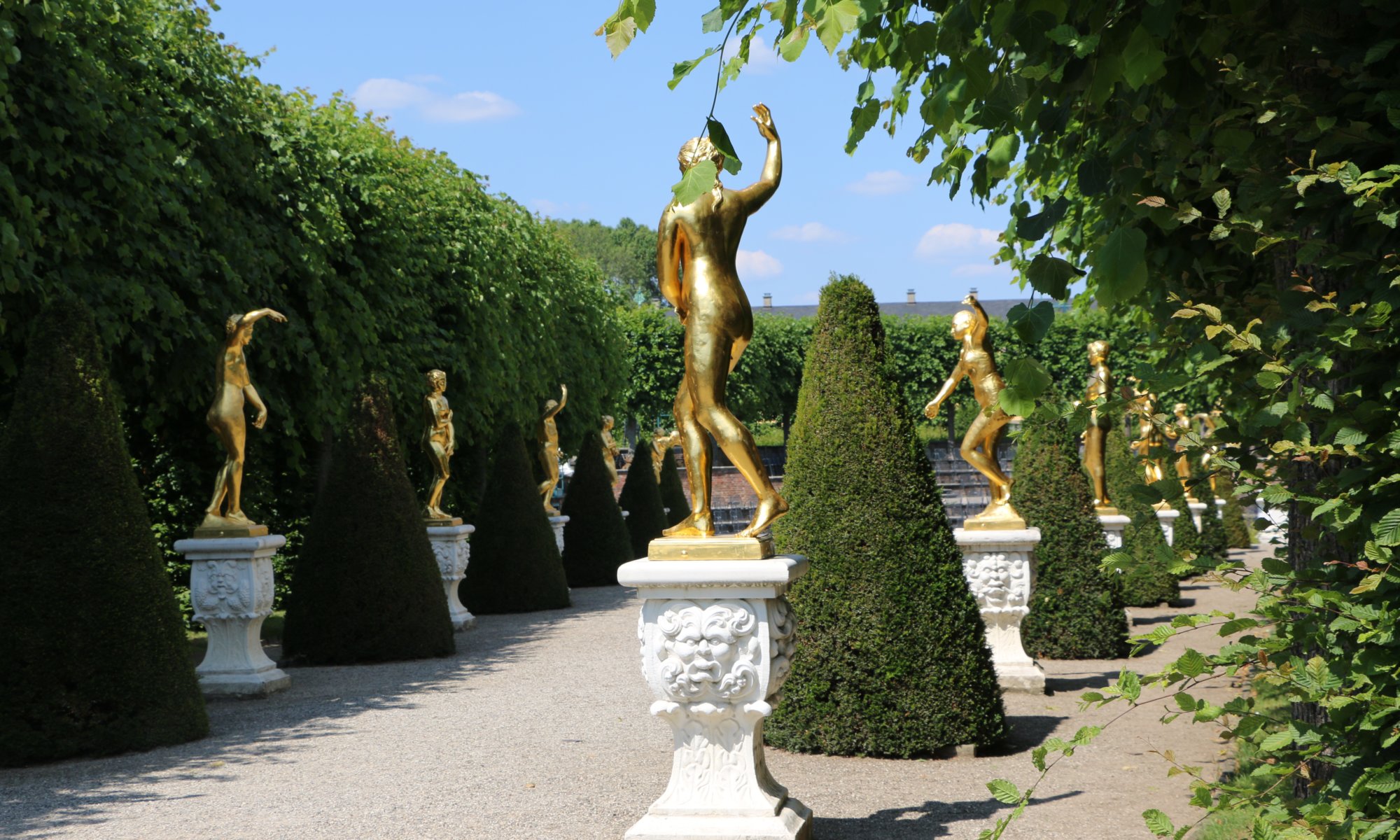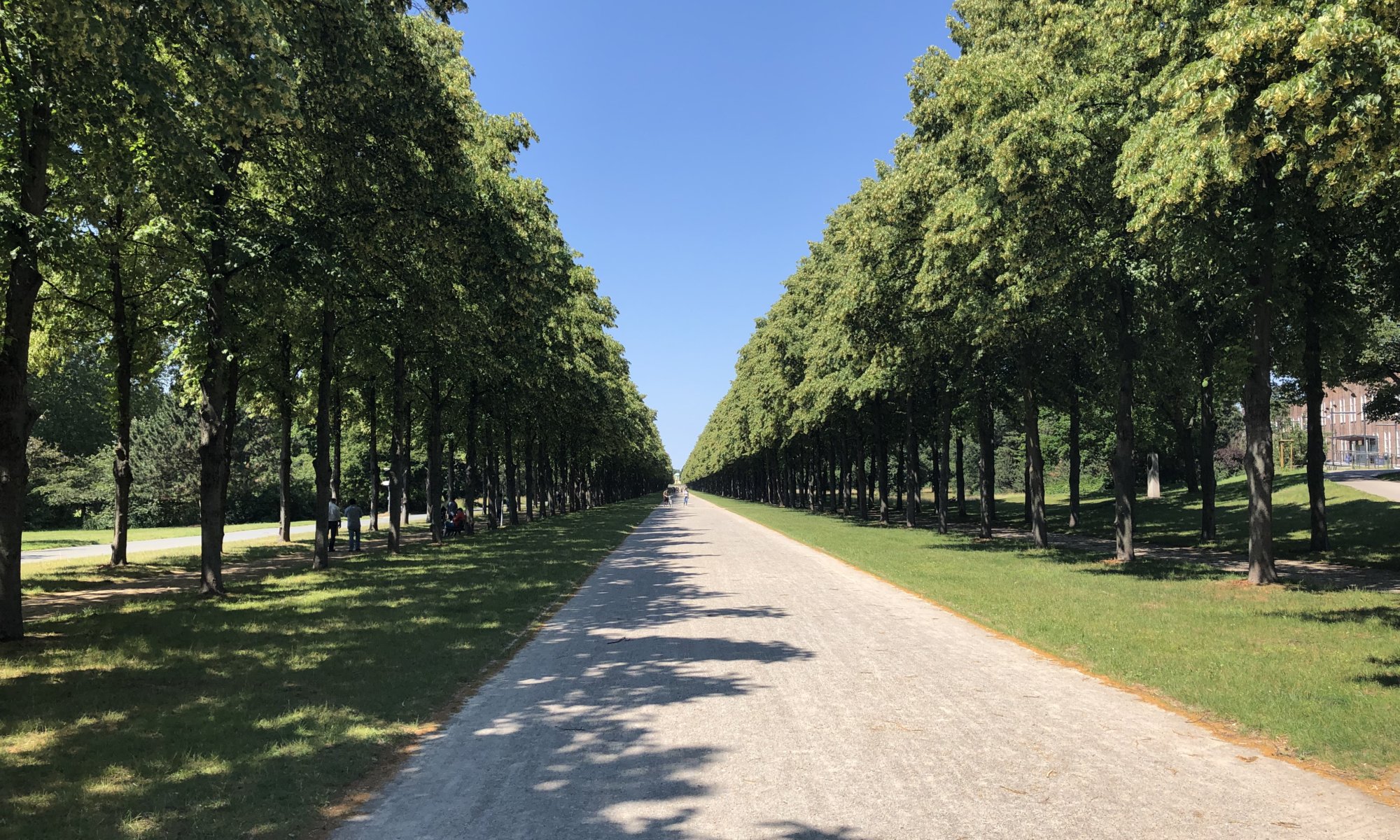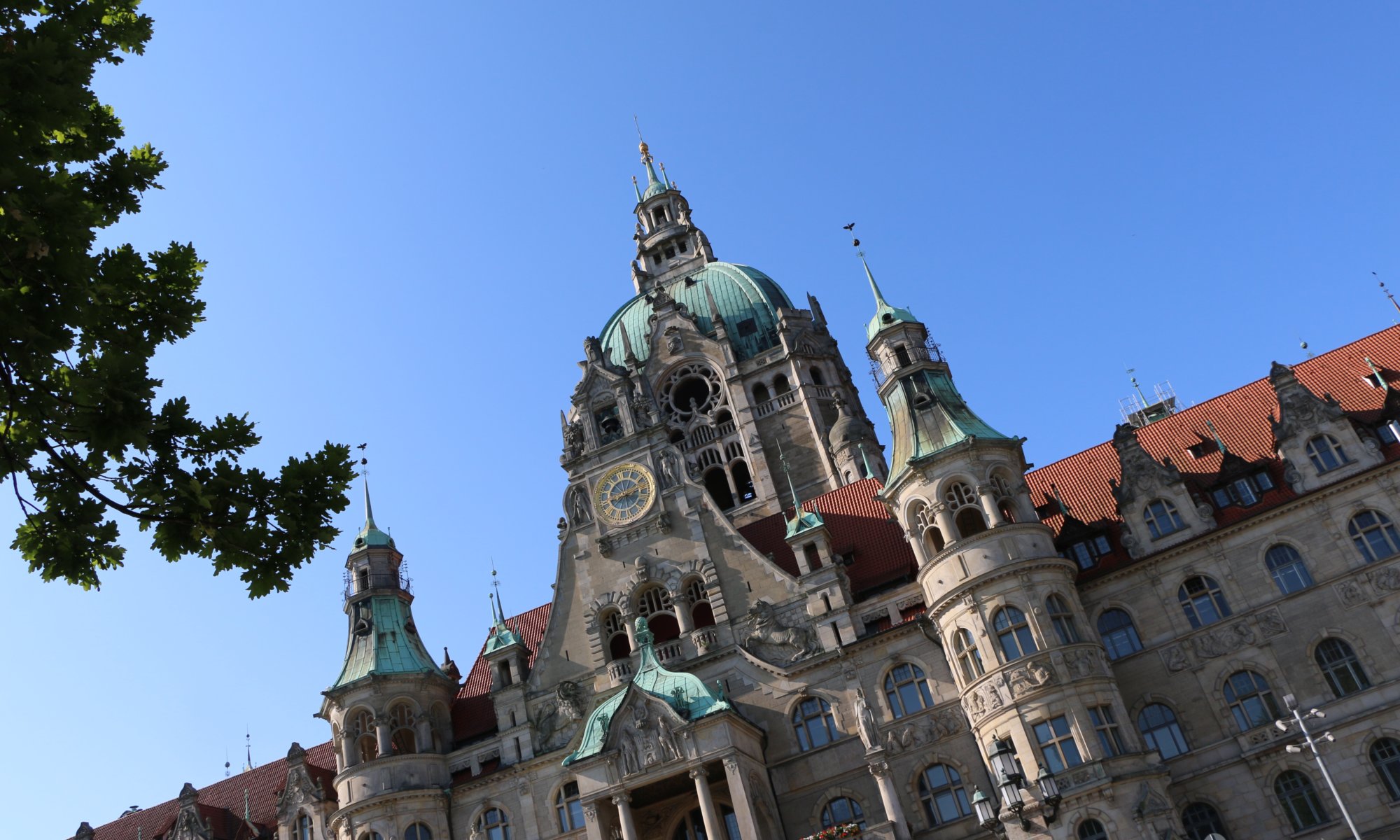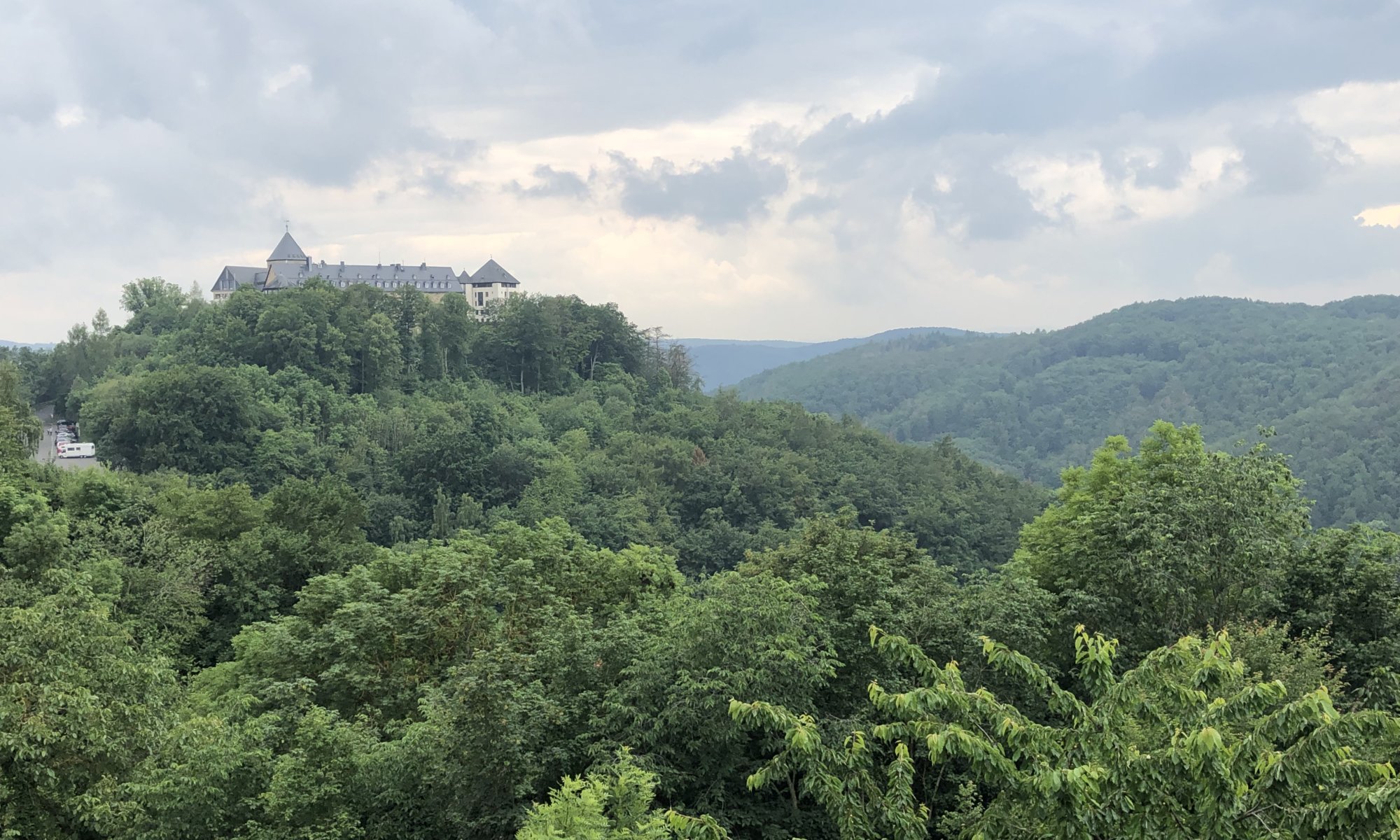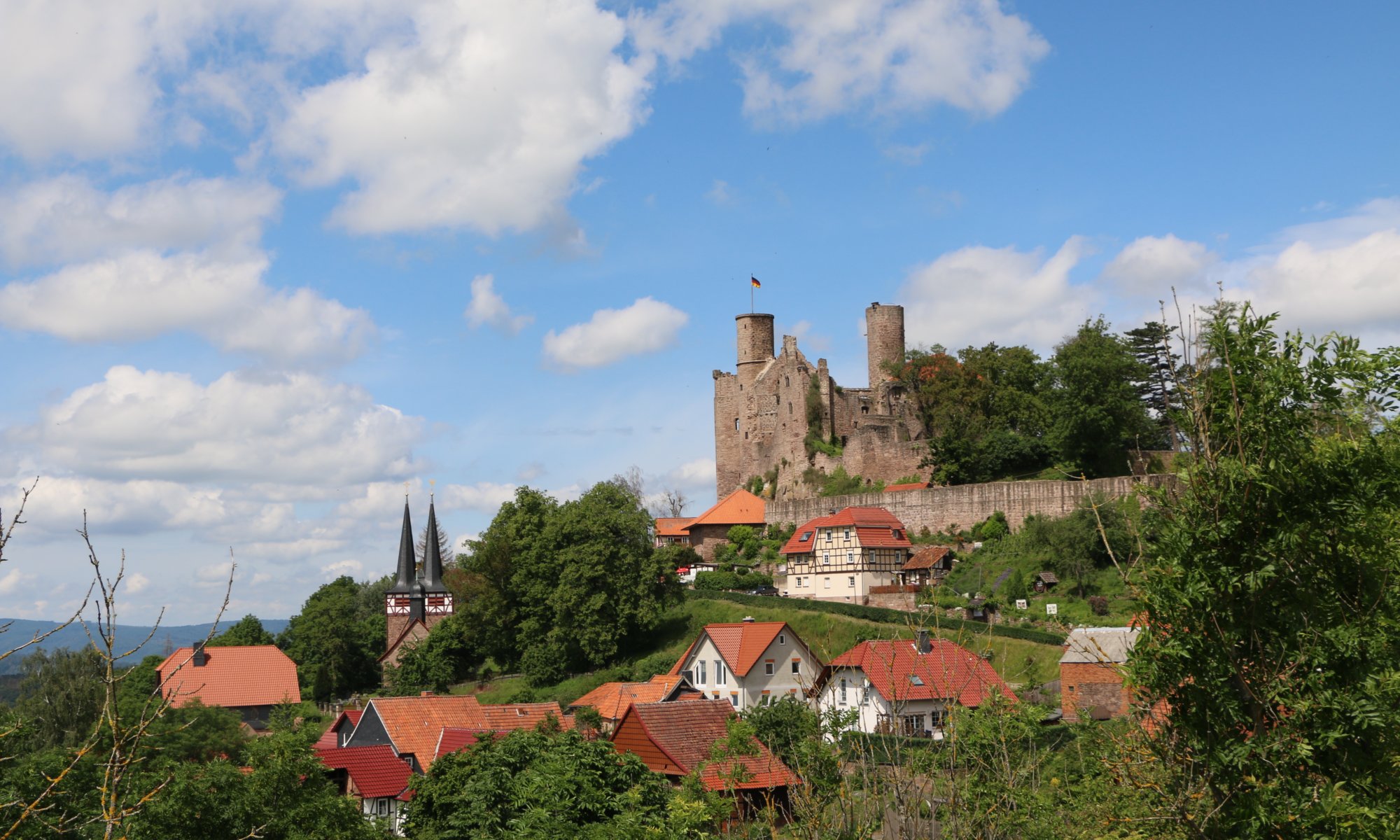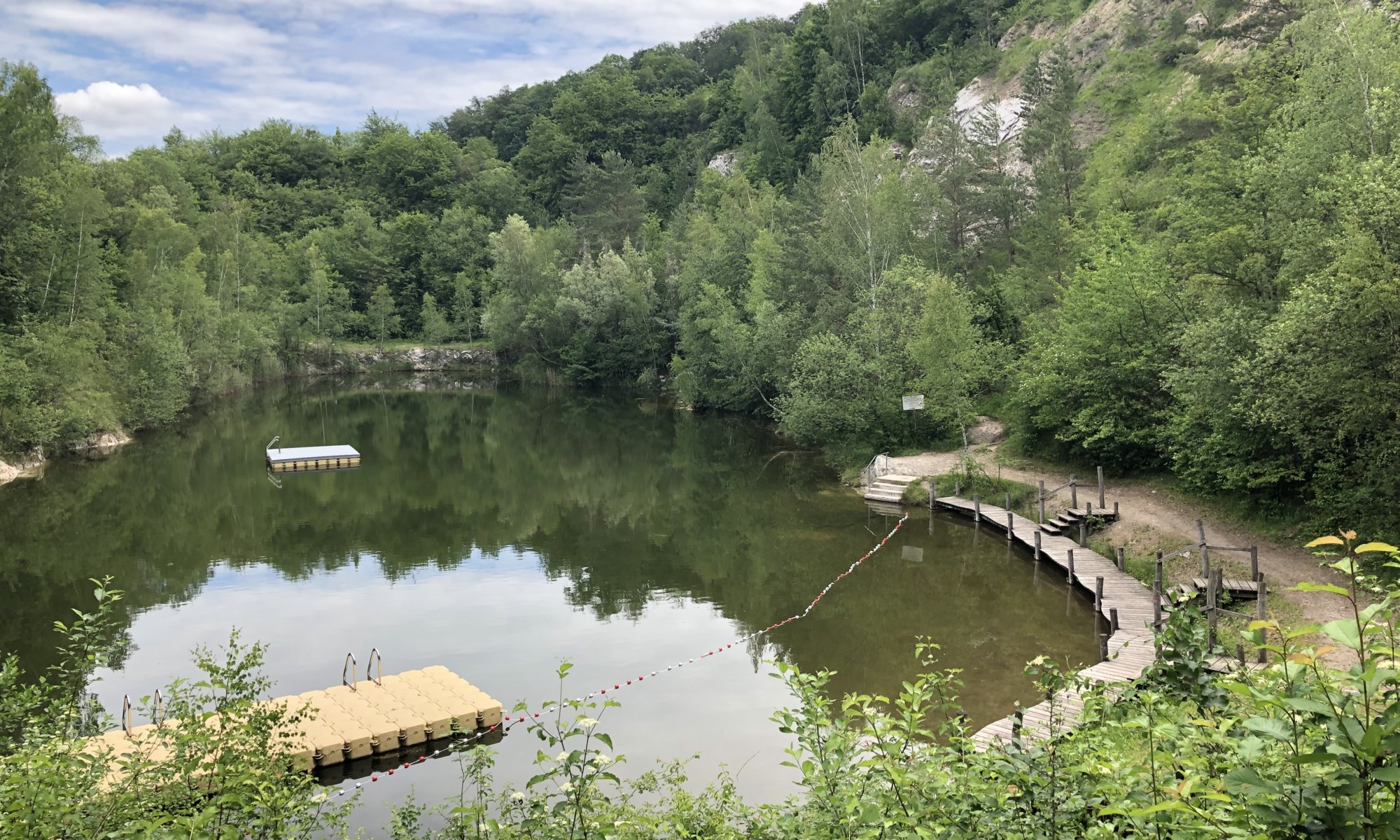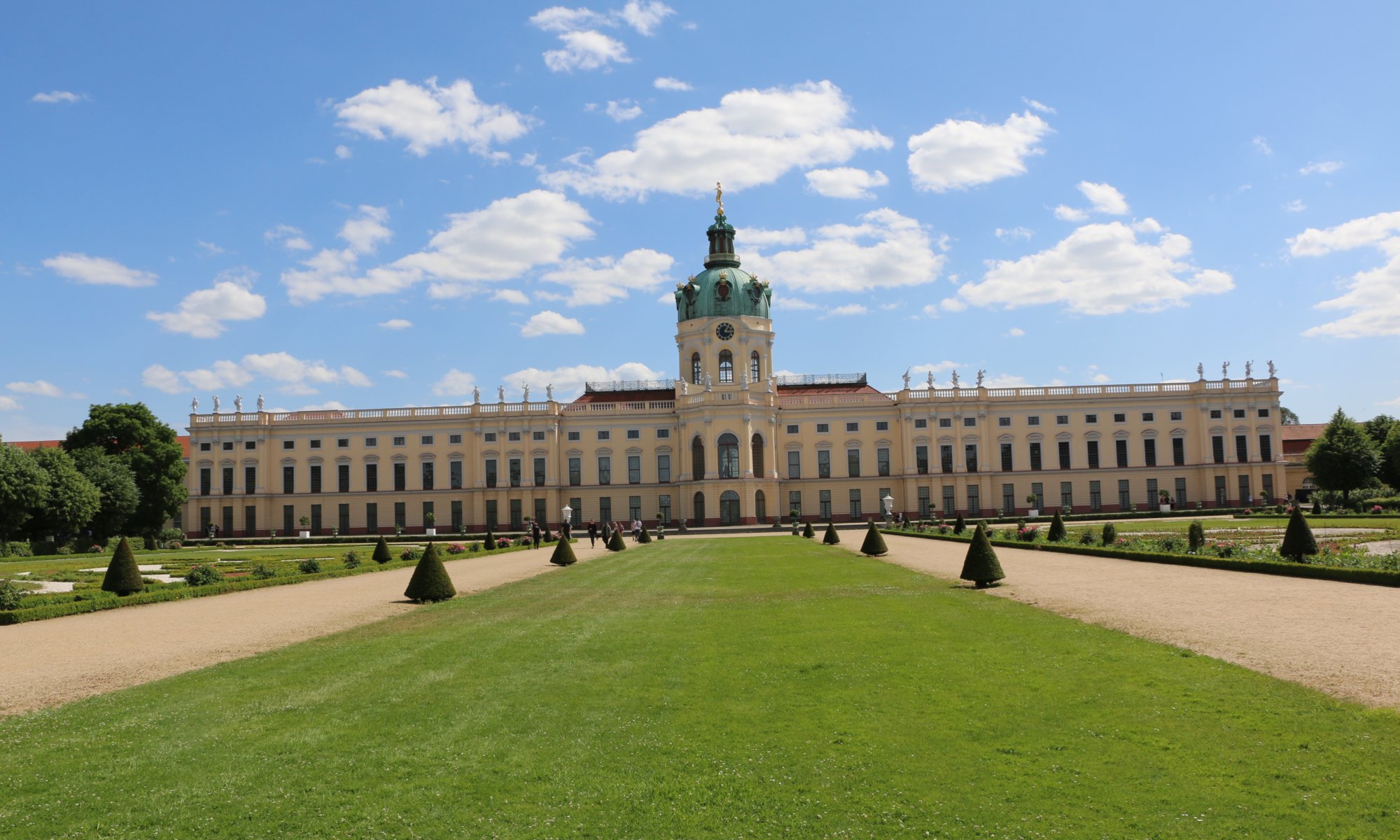The Toompea is a natural hill at the city centre of Tallinn, Estonia and as it is an easy to defend place it was used for hundreds of years as a stronghold. It is even named in ancient Estonia mythology and is said to be created by the giant Linda. In the year 1219 Danish forces conquered this place and according to a Danish legend the Danish flag – the Dannebrog – fell from the sky during an important phase of the battle and motivated the Danish crusaders.
Continue reading “Toompea loss”Großer Garten
The Großer Garten (great garden) is the centerpiece of the Herrenhäuser Gärten and the most important tourist highlight of Hannover, Germany. It is a vast French formal garden that is seen as one of the most significant of its kind. The garden has a rectangular shape and is 905 meters long and 555 meters wide. It dates back to the 17th century CE.
Continue reading “Großer Garten”Georgengarten
The Herrenhäuser Gärten in Hannover, Germany are well-known as beautiful English landscape gardens. When people speak of them they most often mean the Großer Garten (great garden) – but there are also other ones: the Berggarten (on the opposite side of the street), the Welfengarten (close to the university) and last but not least the Georgengarten arranged next to the former Herrenhäuser Allee.
Continue reading “Georgengarten”Townhall or castle?
It is one of the most beautiful townhall buildings in Germany: the Neues Rathaus at Hannover. That is a bit confusing as the ‘new’ townhall is already pretty old – it was built between 1903 and 1911 CE. It became necessary as the old townhall building from the year 1230 became too small because of the massive expansion of the city. It really looks like a castle and is still in use today – as the seat of the administration and the mayor.
Continue reading “Townhall or castle?”Landtag
Next to the river Leine in the center of Hannover, Germany you can find a building with Greek columns in front: the Niedersächsischer Landtag, the parliament of the federal state of Lower Saxony. It is located in the Leineschloss – a former castle in neoclassical style that was used by the kings of Hannover until 1866. Now the representatives of the people rule there.
Continue reading “Landtag”Dark arts
When you arrive at the central railway station of Hannover, Germany and walk towards the city center you can’t overlook a church tower made of red bricks. It belongs to the Marktkirche St. Georgii et Jacobi, a protestant church. Easily visible are also the special shapes on the outside of the tower: a pentagram in a ring and two hexagrams with each a clock inside.
Continue reading “Dark arts”Schloß Waldeck
When you’re visiting the Edersee lake in northern Hesse you can most often see a castle up on hill: Schloß Waldeck at Waldeck, Germany. Of course you’ve got brilliant views on the artificial lake from there. The castle was first mentioned in the year 1120 CE and served as a fortress, as barracks and as a jail over time. Since 1920 it is a state asset and can be visited.
Continue reading “Schloß Waldeck”Burg Hanstein
The castle Hanstein at Bornhagen, Germany is one of the most beautiful castle ruins of the region. It is not far away from the point where the three federal countries of Hesse, Lower Saxony and Thuringia meet. It is said that the castle exists since the year 820 but the first written proof is from around the year 1000 CE. It was home to the house of Hanstein and later inaccessible while Germany was divided.
Continue reading “Burg Hanstein”Grüner See
Close to the village of Hundelshausen belonging to Witzenhausen, Germany a company gathers gypsum. Already in 1940 they gave up an area and the open pit, surrounded by high rocks, filled with ground water and rain. Today it is a lake with 5000 cubic meters of water that you can use for swimming. There are also platforms on the water, a separated non-swimmer area and a wooden base.
Continue reading “Grüner See”Schloß Charlottenburg
The summer residence of Sophia Charlotte of Hanover is a wonderful palace in the West of Berlin, Germany and with its garden it invites for long walks. It was opened in 1699 and was named Lietzenburg after the village next to it. It was extended continuously, especially after she became queen of Prussia. When Sophia Charlotte in 1705 (aged 36 then) her husband named the castle and the village after her: Charlottenburg. Still today the city quarter name Charlottenburg-Wilmersdorf refers to her.
Continue reading “Schloß Charlottenburg”